How Wire is Made
The term "wire wrapping" is a bit like "suntan."
When you get a suntan (soon, people!), you show off your bronzed skin - it's all about the tan. As for the sun's role? Well, it's there somewhere.
So it is with wire wrapping. Who, really, thinks about the wire? (OK, except for you home metallurgists getting ready to email me.) When someone admires your beautifully wrapped pendent, they're not thinking: "Where did that wire come from?"
When you get a suntan (soon, people!), you show off your bronzed skin - it's all about the tan. As for the sun's role? Well, it's there somewhere.
So it is with wire wrapping. Who, really, thinks about the wire? (OK, except for you home metallurgists getting ready to email me.) When someone admires your beautifully wrapped pendent, they're not thinking: "Where did that wire come from?"
It seems that wire, like the sun, is taken for granted. So, we wanted to correct that oversight, give appreciation where it's due.
After a bit of research, I've gained more respect for the lowly paper clip, and particularly for the fine wire we carry here at Wire-Sculpture. I've also learned that I can make (someday!) my own wire - yep, I didn't know that was even possible.
After a bit of research, I've gained more respect for the lowly paper clip, and particularly for the fine wire we carry here at Wire-Sculpture. I've also learned that I can make (someday!) my own wire - yep, I didn't know that was even possible.
How Wire was Made - In the Beginning
OK, a little bit of mandatory history. Wire was made as early as Egypt's 2nd Dynasty, about 2600 BC. Its purpose? Jewelry and chains, of course. The ancient Egyptians pounded metal into sheets, then sliced it into strips. These strips were twisted or rolled, producing what is, effectively, wire with a seam. The Etruscans, a culture absorbed by ancient Romans, created short lengths of wire with anvil, fire, and hammer.
OK, a little bit of mandatory history. Wire was made as early as Egypt's 2nd Dynasty, about 2600 BC. Its purpose? Jewelry and chains, of course. The ancient Egyptians pounded metal into sheets, then sliced it into strips. These strips were twisted or rolled, producing what is, effectively, wire with a seam. The Etruscans, a culture absorbed by ancient Romans, created short lengths of wire with anvil, fire, and hammer.
Draw Plates Changed the Game
These two methods of wire-making were the most advanced technology until medieval times, when an English craftsman came up with idea of physically pulling metal through a small hole in a die, called a drawplate. This method, called wire drawing, is the process still used today. Unlike ancient Egyptians, medieval people used wire for practical things, like brushes for carding wool. It wasn't until the Victorian era that wire started to appear again in frivolities like brooches or necklaces.
These two methods of wire-making were the most advanced technology until medieval times, when an English craftsman came up with idea of physically pulling metal through a small hole in a die, called a drawplate. This method, called wire drawing, is the process still used today. Unlike ancient Egyptians, medieval people used wire for practical things, like brushes for carding wool. It wasn't until the Victorian era that wire started to appear again in frivolities like brooches or necklaces.
Now Wire Mills are Highly Mechanized
Wire-making, like everything, has evolved into a highly mechanized industry. However, other than the fact that electricity has replaced sheet brute strength, wire making still follows the basic steps it did centuries ago. Strips of metal are pounded or rolled into shape, then pulled through a hole - like a funnel - in a cast-iron or diamond drawplate. The diameter of the wire is reduced, at the same time it is elongated. By continuing to pull the wire through increasingly smaller openings in the drawplate, the wire becomes thinner and thinner.
While round is the most common shape, wire mills have specialty draw plates that shape the wire into half-round and square shapes, too. The wire is reduced in increments of about 1/10th of a millimeter. The final hole size determines the diameter, or gauge, of the wire.
To get the wire into the die in the first place, its end is filed or pounded to a point. Pincers of some kind are attached to the wire, which is pulled through using a winch or tension pulley. Here's where the brute strength came in: Before Thomas Edison, grunting and sweating laborers cranked and pulled, effectively compressing the metal by force alone as it funneled through the die. This is still repeated in many home metal shops. And yes, I am talking about the grunting and sweating.
Wire-making, like everything, has evolved into a highly mechanized industry. However, other than the fact that electricity has replaced sheet brute strength, wire making still follows the basic steps it did centuries ago. Strips of metal are pounded or rolled into shape, then pulled through a hole - like a funnel - in a cast-iron or diamond drawplate. The diameter of the wire is reduced, at the same time it is elongated. By continuing to pull the wire through increasingly smaller openings in the drawplate, the wire becomes thinner and thinner.
While round is the most common shape, wire mills have specialty draw plates that shape the wire into half-round and square shapes, too. The wire is reduced in increments of about 1/10th of a millimeter. The final hole size determines the diameter, or gauge, of the wire.
To get the wire into the die in the first place, its end is filed or pounded to a point. Pincers of some kind are attached to the wire, which is pulled through using a winch or tension pulley. Here's where the brute strength came in: Before Thomas Edison, grunting and sweating laborers cranked and pulled, effectively compressing the metal by force alone as it funneled through the die. This is still repeated in many home metal shops. And yes, I am talking about the grunting and sweating.
Wire Hardness
As you know, working with metal hardens it. You've probably taken a hammer to your jewelry so it doesn't bend out of shape. But here's what is interesting: The temper of the wire is directly related to this drawing process. Wire hardness is measured using a scale of 0 to 4. Historically, the softest wire, a number 0, was pulled through the die one time. A hardness of 2, two times. Each time it was pulled through the drawplate, it would become stiffer. Wire at hardness 4 would have been pulled through the die five or more times.
Today, those numbers don't correspond with the number of times the wire is drawn through a drawplate. Instead, jewelry wire is sold as dead soft, half-hard, or full hard. Dead soft wire is manufactured with a hardness of 0, half-hard has a hardness of 2, and fully hardened wire is 4. Now, I understand more clearly what those numbers mean.
Copper wire, like the jewelry wire we sell, goes through as many as 10 or more sets of drawplates. Every few sets, the copper has to be annealed, or heated, to soften it before it continues its process through successively smaller dies. Telephone wire is drawn up to 20 times - but it goes in hot.
These centuries-old steps are carried out today in the workshops of individual artisans, who use primarily silver and gold. Here's a link to a fascinating step-by-step look at one craftsman's wire making.
And now that I have a greater appreciation for wire, it's time to go outside and get a suntan!
As you know, working with metal hardens it. You've probably taken a hammer to your jewelry so it doesn't bend out of shape. But here's what is interesting: The temper of the wire is directly related to this drawing process. Wire hardness is measured using a scale of 0 to 4. Historically, the softest wire, a number 0, was pulled through the die one time. A hardness of 2, two times. Each time it was pulled through the drawplate, it would become stiffer. Wire at hardness 4 would have been pulled through the die five or more times.
Today, those numbers don't correspond with the number of times the wire is drawn through a drawplate. Instead, jewelry wire is sold as dead soft, half-hard, or full hard. Dead soft wire is manufactured with a hardness of 0, half-hard has a hardness of 2, and fully hardened wire is 4. Now, I understand more clearly what those numbers mean.
Copper wire, like the jewelry wire we sell, goes through as many as 10 or more sets of drawplates. Every few sets, the copper has to be annealed, or heated, to soften it before it continues its process through successively smaller dies. Telephone wire is drawn up to 20 times - but it goes in hot.
These centuries-old steps are carried out today in the workshops of individual artisans, who use primarily silver and gold. Here's a link to a fascinating step-by-step look at one craftsman's wire making.
And now that I have a greater appreciation for wire, it's time to go outside and get a suntan!
Resource: Wikipedia
Materials

Wire
Tools

Rosewood Draw Plate for Vise
G28-7
- G28-7
- Lesson Quantity: 1.00 pieces
- Purchase Quantity: 1.00 each
- Price: $17.97
- Gold Club Price: $13.48

Rosewood Handheld Draw Plate
G28-8
- G28-8
- Lesson Quantity: 1.00 pieces
- Purchase Quantity: 1.00 each
- Price: $17.97
- Gold Club Price: $13.48

Draw Plate
DRA-410.00
- DRA-410.00
- Lesson Quantity: 1.00 pieces
- Purchase Quantity: 1.00 each
- Category: General Education
- Technique(s): Tools, General Education














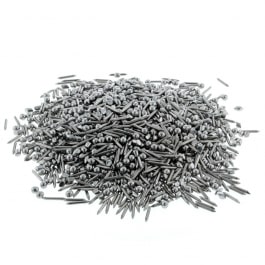







 About Jewelry Chain- About Ball Chain
About Jewelry Chain- About Ball Chain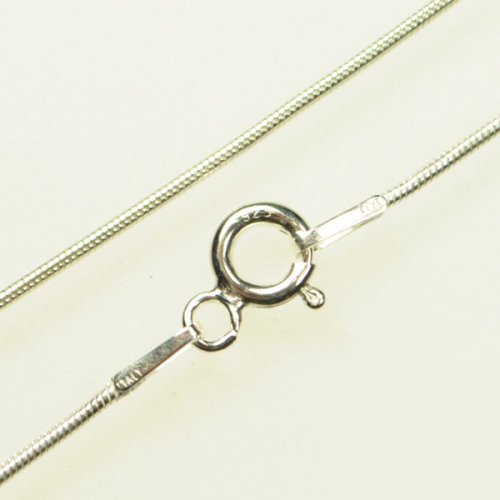 About Jewelry Chain- Snake Chain and Omega Chain
About Jewelry Chain- Snake Chain and Omega Chain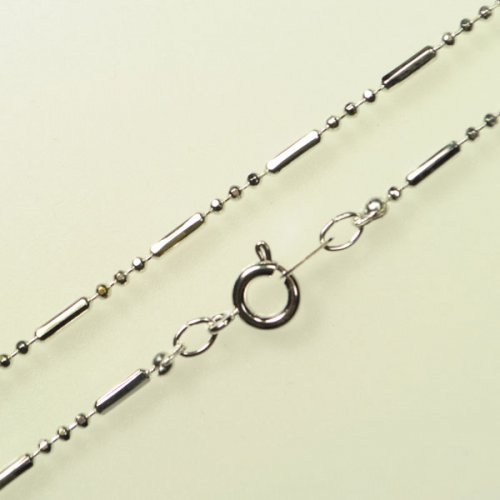 About Jewelry Chain- Bar Chain and Peanut Chain
About Jewelry Chain- Bar Chain and Peanut Chain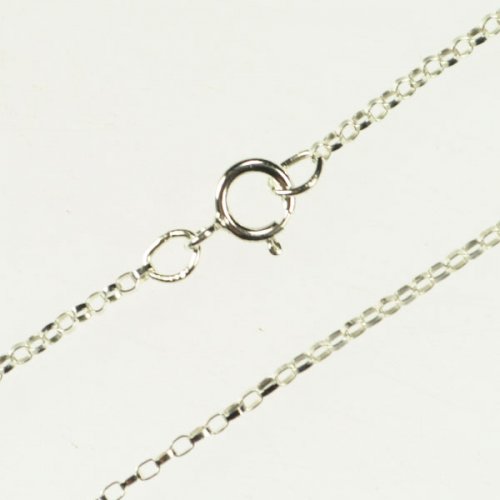 About Jewelry Chain - Cable Chain and Rolo Chain
About Jewelry Chain - Cable Chain and Rolo Chain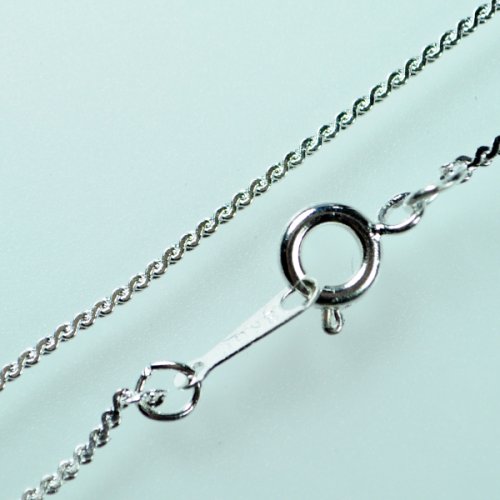 About Jewelry Chain- Curb Chain and Gourmette Chain
About Jewelry Chain- Curb Chain and Gourmette Chain About Jewelry Chain- Figaro Chain
About Jewelry Chain- Figaro Chain About Jewelry Chain- Infinity Chain and Anchor Chain
About Jewelry Chain- Infinity Chain and Anchor Chain About Jewelry Chain- Chain Reference Sheet
About Jewelry Chain- Chain Reference Sheet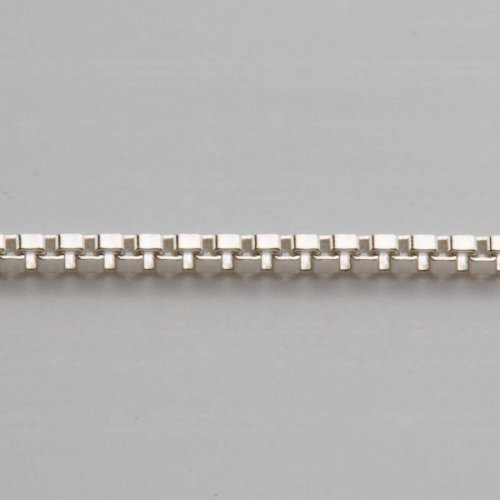 About Jewelry Chain- Venetian Chain and Box Chain
About Jewelry Chain- Venetian Chain and Box Chain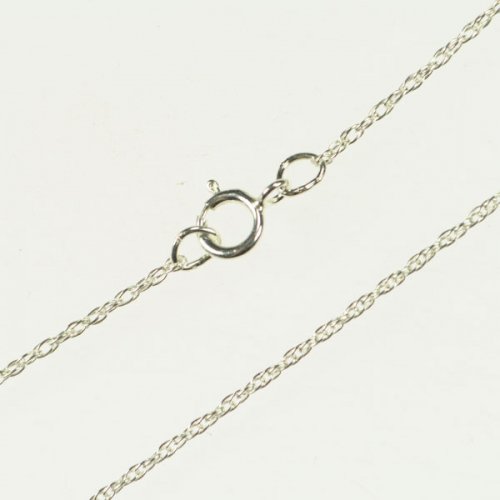 About Jewelry Chain- Wheat Chain and Rope Chain
About Jewelry Chain- Wheat Chain and Rope Chain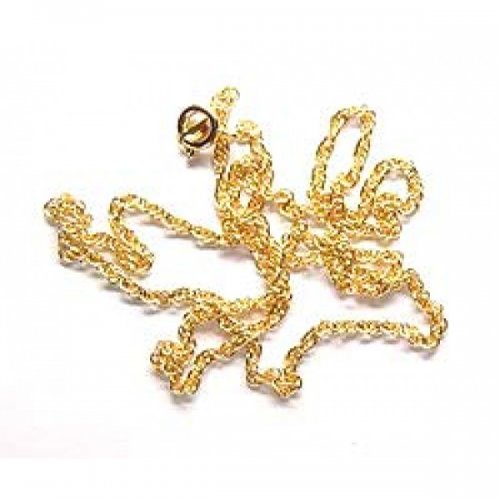 Introduction to Chain
Introduction to Chain Access More Money by Making Jewelry When Your Prices Are Right
Access More Money by Making Jewelry When Your Prices Are Right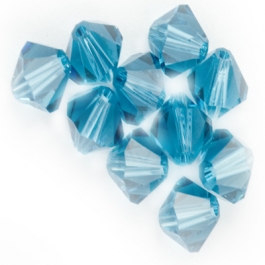 An Introduction to Beads and Beading
An Introduction to Beads and Beading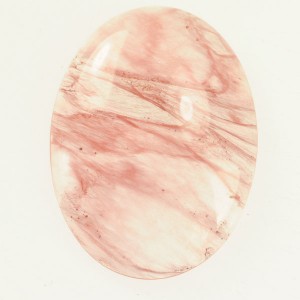 Common Gemstone Misconceptions
Common Gemstone Misconceptions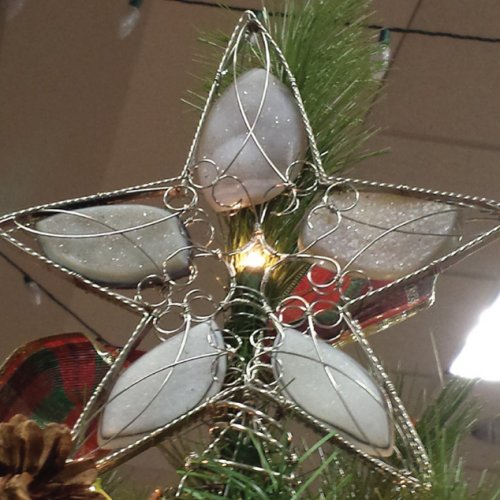 Wire Wrapped Christmas Tree
Wire Wrapped Christmas Tree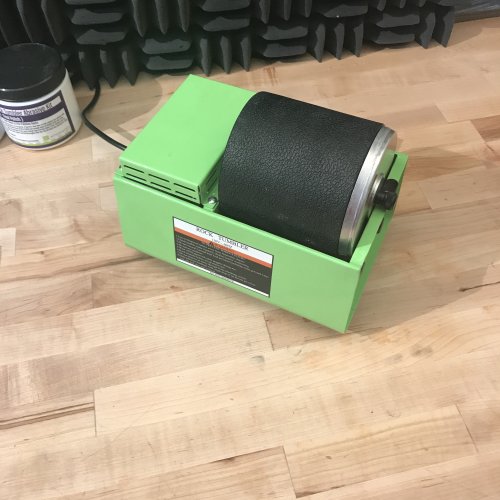 How To Polish Metal Jewelry using a Rotary Tumbler
How To Polish Metal Jewelry using a Rotary Tumbler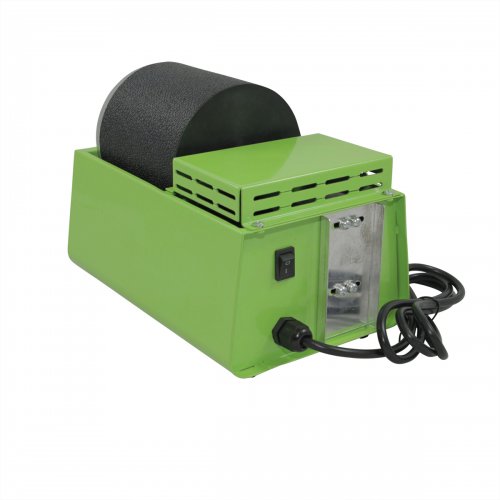 How To Polish Your Own Rocks using a Rotary Rock Tumbler
How To Polish Your Own Rocks using a Rotary Rock Tumbler How to Merchandise Your Jewelry on the Internet
How to Merchandise Your Jewelry on the Internet How to Use Twitter as a Wire Jewelry Artist
How to Use Twitter as a Wire Jewelry Artist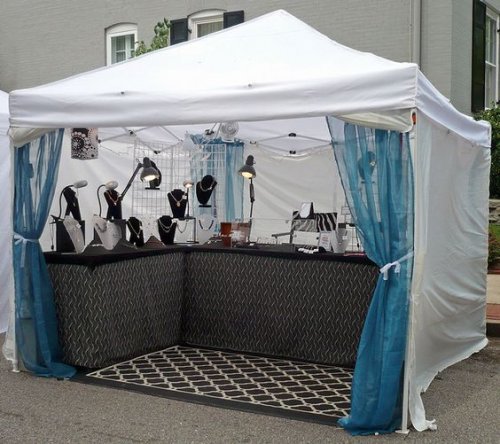 20 Ideas to get your Jewelry Biz Busy
20 Ideas to get your Jewelry Biz Busy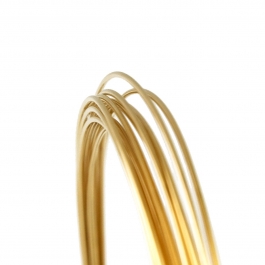 Watching the Precious Metals Market
Watching the Precious Metals Market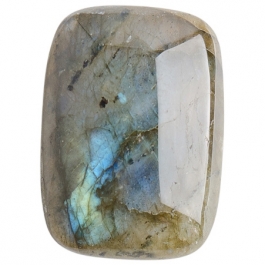 Jewelry Design Ideas - Get Inspired
Jewelry Design Ideas - Get Inspired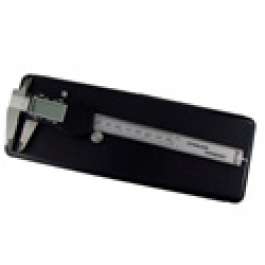 Measuring Tools
Measuring Tools July Birthstone - The Ruby
July Birthstone - The Ruby February Birthstone- Amethyst
February Birthstone- Amethyst March Birthstone - Aquamarine and Bloodstone
March Birthstone - Aquamarine and Bloodstone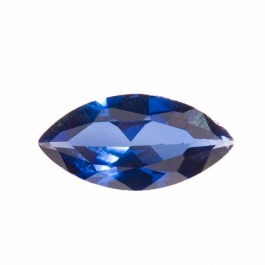 September Birthstone - Sapphire
September Birthstone - Sapphire November Birthstones - Topaz and Citrine
November Birthstones - Topaz and Citrine October Birthstones - Rose Zircon, Pink Tourmaline and Opal
October Birthstones - Rose Zircon, Pink Tourmaline and Opal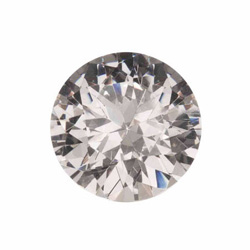 April Birthstone - The Diamond
April Birthstone - The Diamond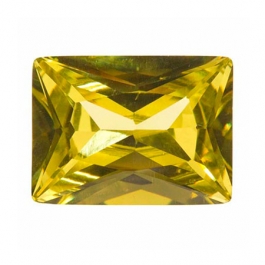 August Birthstone - Peridot and Sardonyx
August Birthstone - Peridot and Sardonyx June Birthstones - Alexandrite, Pearl and Moonstone
June Birthstones - Alexandrite, Pearl and Moonstone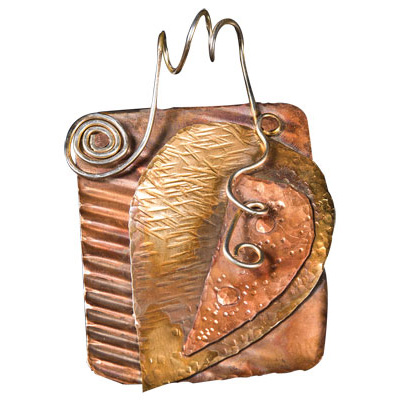 Metalsmithing
Metalsmithing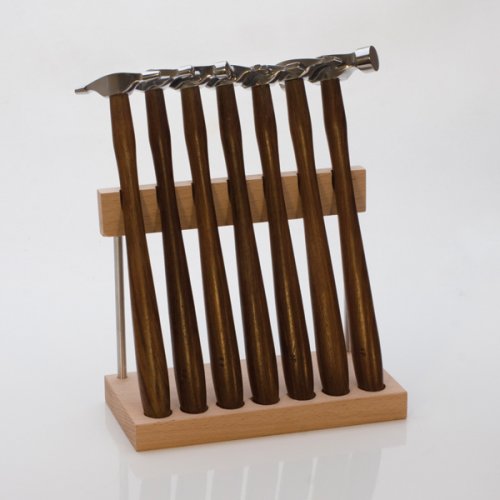 Featured Tool - Mini TruStrike Hammers
Featured Tool - Mini TruStrike Hammers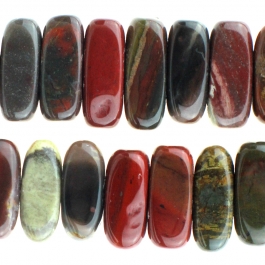 Natural Jasper Stones - Cabochon Gemstones
Natural Jasper Stones - Cabochon Gemstones Organize Your Jewelry Box
Organize Your Jewelry Box Pearls- It's a Cultural Thing
Pearls- It's a Cultural Thing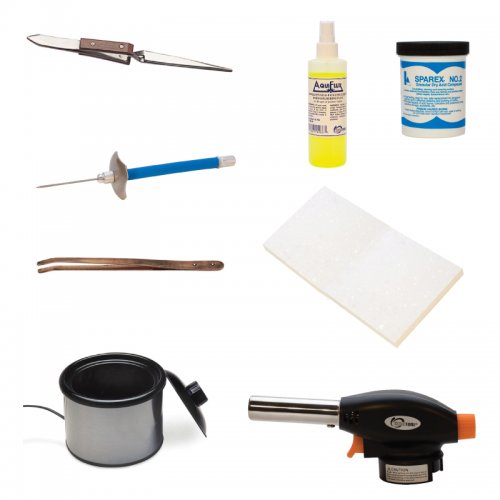 Soldering 101
Soldering 101 Starting Your Own Home Jewelry Business
Starting Your Own Home Jewelry Business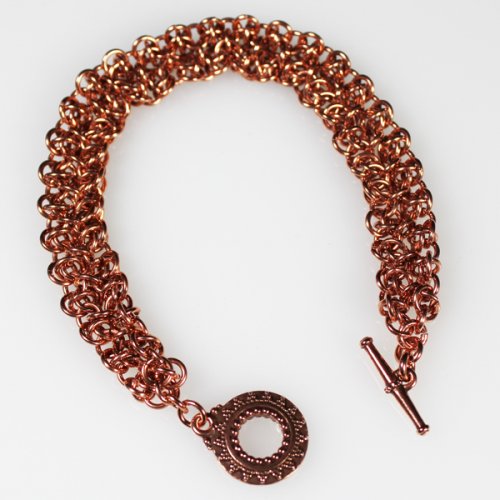 The Art of Creating Chainmail
The Art of Creating Chainmail Why Should I Be Using Facebook
Why Should I Be Using Facebook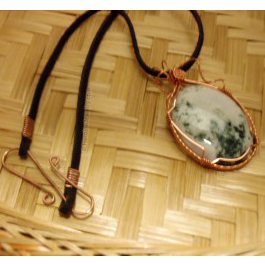 Make Handmade Neck Cords on a Dime
Make Handmade Neck Cords on a Dime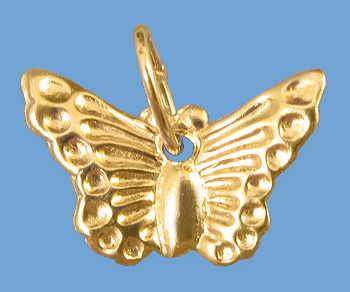 Tagging Handmade Jewelry Gifts
Tagging Handmade Jewelry Gifts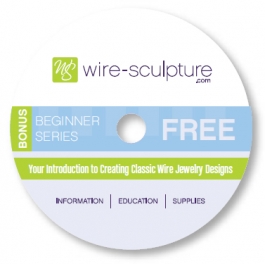 Share Your Expertise with Your Community
Share Your Expertise with Your Community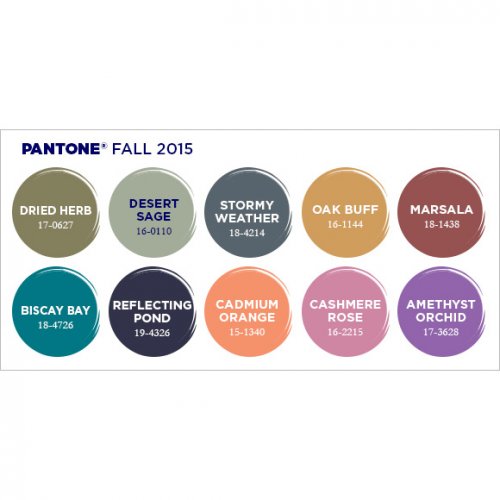 Creating Color Schemes for Jewelry Making
Creating Color Schemes for Jewelry Making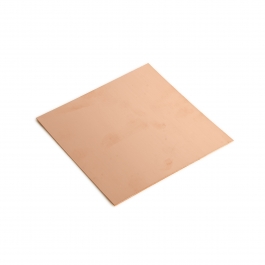 Bronze, Brass, Nickel Silver and Copper Base Metals
Bronze, Brass, Nickel Silver and Copper Base Metals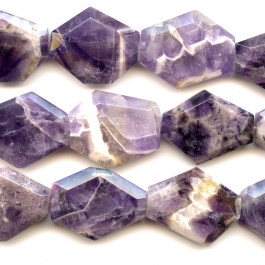 Gemstone Treatments
Gemstone Treatments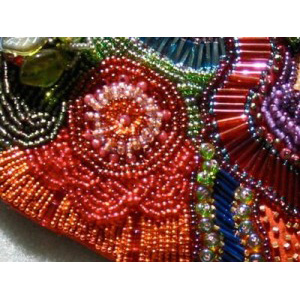 Beading A-B-C's
Beading A-B-C's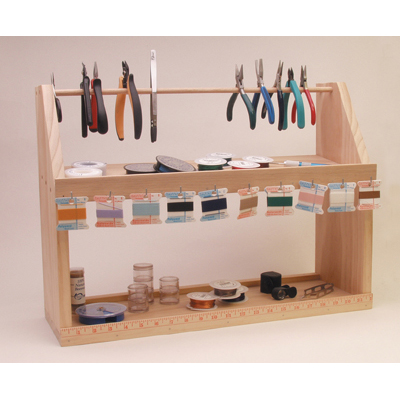 How to Set Up Your Workspace
How to Set Up Your Workspace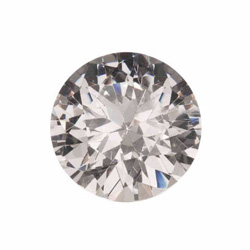 Gem Profile- Diamond
Gem Profile- Diamond Gem Profile- Peridot
Gem Profile- Peridot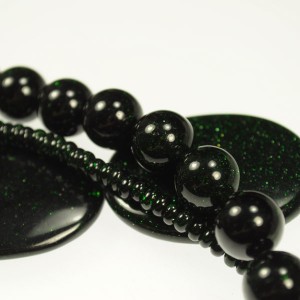 Gem Profile- Goldstone
Gem Profile- Goldstone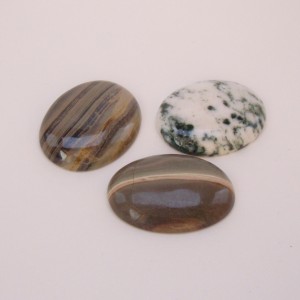 Gem Profile- Cryptocrystalline Quartz Introduction
Gem Profile- Cryptocrystalline Quartz Introduction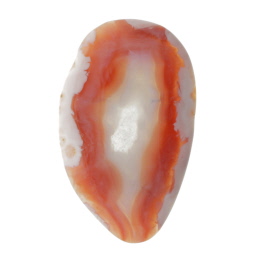 Gem Profile- Banded Agate and Brecciated Agate
Gem Profile- Banded Agate and Brecciated Agate Gem Profile- Emerald
Gem Profile- Emerald Gem Profile- Titanite or Sphene
Gem Profile- Titanite or Sphene Gem Profile- Morganite
Gem Profile- Morganite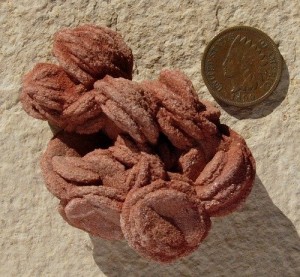 Gem Profile- Desert Rose
Gem Profile- Desert Rose Gem Profile- Iolite
Gem Profile- Iolite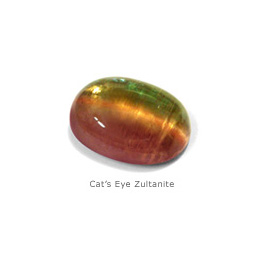 Gem Profile- Zultanite
Gem Profile- Zultanite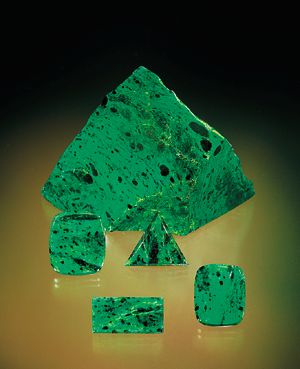 Gem Profile- Maw Sit Sit
Gem Profile- Maw Sit Sit Gem Profile- Tanzanite
Gem Profile- Tanzanite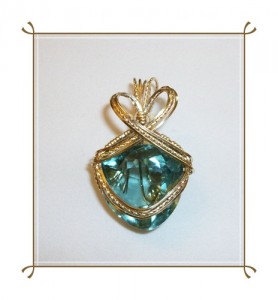 Gem Profile- Aquamarine
Gem Profile- Aquamarine Gem Profile- Turquoise
Gem Profile- Turquoise Gem Profile- Turquoise Types
Gem Profile- Turquoise Types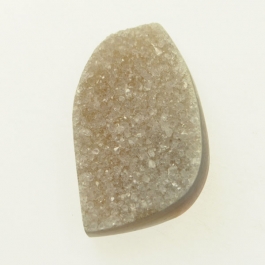 Gem Profile- What's Druze
Gem Profile- What's Druze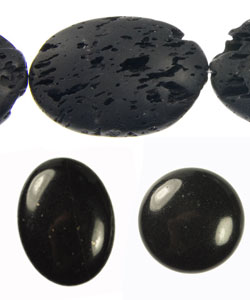 Gem Profile- Basalt
Gem Profile- Basalt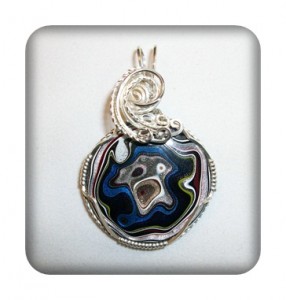 Gem Profile- Fordite
Gem Profile- Fordite Gem Profile- Variscite
Gem Profile- Variscite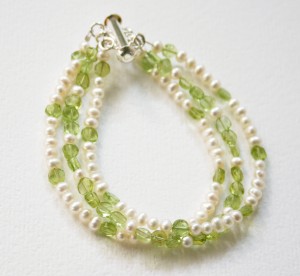 Gem Profile- Pearls
Gem Profile- Pearls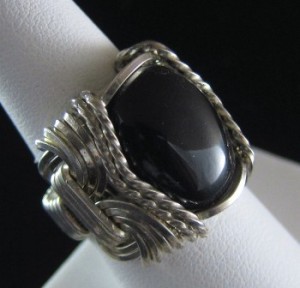 Gem Profile- Onyx
Gem Profile- Onyx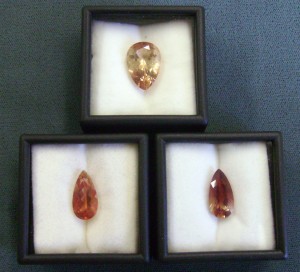 Gem Profile- Sunstone
Gem Profile- Sunstone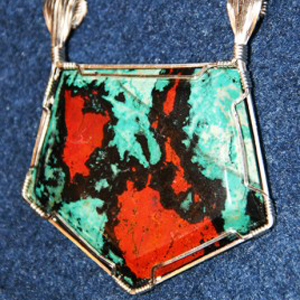 Gem Profile- Sonora Sunrise
Gem Profile- Sonora Sunrise Gem Profile- Rhodonite
Gem Profile- Rhodonite Gem Profile- Glass, Crystal and Quartz
Gem Profile- Glass, Crystal and Quartz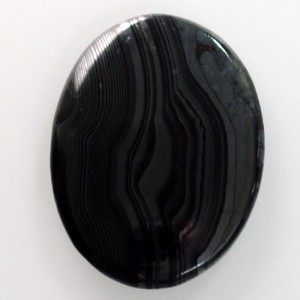 Gem Profile- Psilomelane
Gem Profile- Psilomelane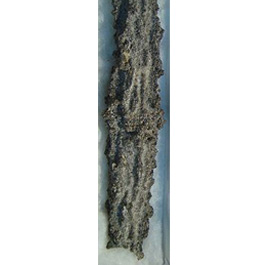 Gem Profile- Fulgurite
Gem Profile- Fulgurite Gem Profile- Cat's Eye
Gem Profile- Cat's Eye Gem Profile- Carnelian
Gem Profile- Carnelian Gem Profile- Petoskey Stones and Indonesian Fossil Coral
Gem Profile- Petoskey Stones and Indonesian Fossil Coral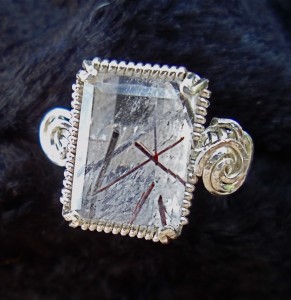 Gem Profile- Rutilated Quartz
Gem Profile- Rutilated Quartz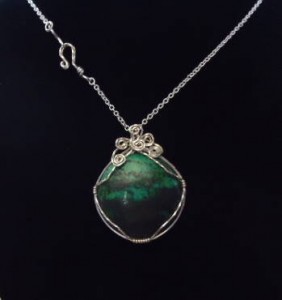 Gem Profile- Chrysocolla
Gem Profile- Chrysocolla Gem Profile- Jet
Gem Profile- Jet Gem Profile- Chrysoprase
Gem Profile- Chrysoprase Gem Profile- Rhyolite
Gem Profile- Rhyolite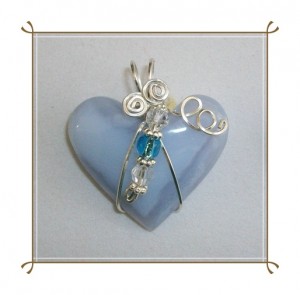 Gem Profile- Chalcedony
Gem Profile- Chalcedony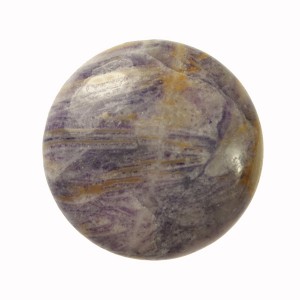 Gem Profile- Lepidolite and Sugilite
Gem Profile- Lepidolite and Sugilite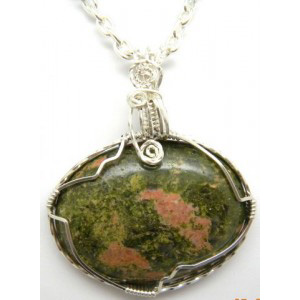 Gem Profile- Unakite
Gem Profile- Unakite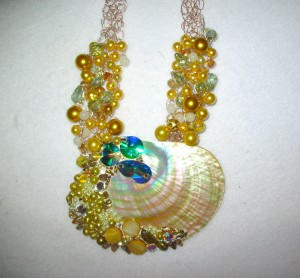 Gem Profile- Cowrie Shells, Conch Shells, and Drilling Shells
Gem Profile- Cowrie Shells, Conch Shells, and Drilling Shells Gem Profile- Mother of Pearl
Gem Profile- Mother of Pearl Gem Profile- Moss Agate and Plume Agate
Gem Profile- Moss Agate and Plume Agate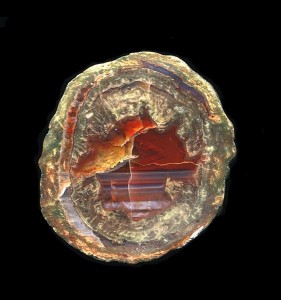 Gem Profile- Thundereggs and Mexican Lace Agate
Gem Profile- Thundereggs and Mexican Lace Agate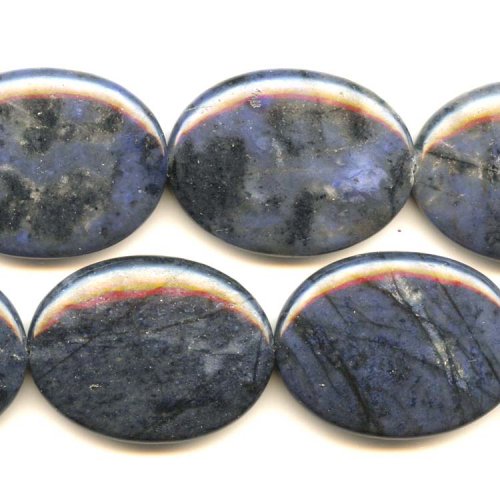 Gem Profile- Dumortierite
Gem Profile- Dumortierite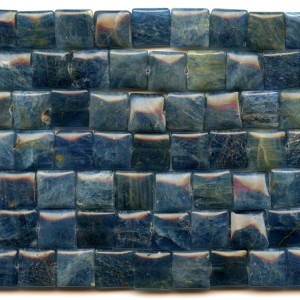 Gem Profile- Apatite
Gem Profile- Apatite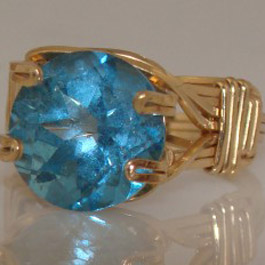 Gem Profile- Blue Topaz
Gem Profile- Blue Topaz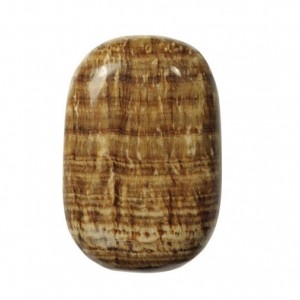 Gem Profile- Aragonite
Gem Profile- Aragonite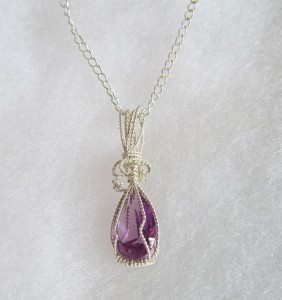 Gem Profile- Zircon and Cubic Zirconia
Gem Profile- Zircon and Cubic Zirconia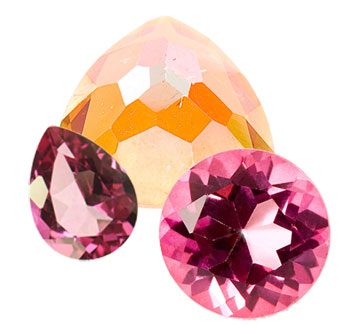 Gem Profile- Topaz
Gem Profile- Topaz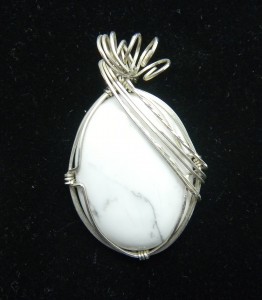 Gem Profile- Howlite
Gem Profile- Howlite Gem Profile- Sodalite
Gem Profile- Sodalite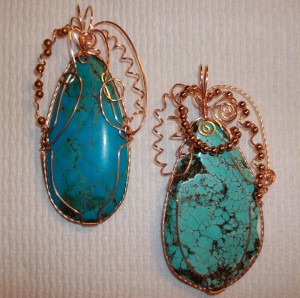 Gem Profile- Magnesite
Gem Profile- Magnesite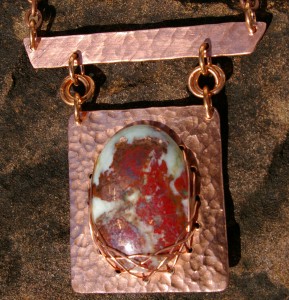 Gem Profile- Cuprite
Gem Profile- Cuprite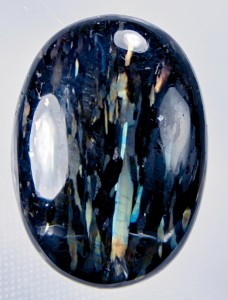 Gem Profile- Nuummite
Gem Profile- Nuummite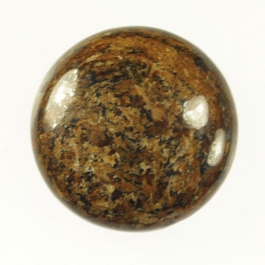 Gem Profile- Bronzite
Gem Profile- Bronzite Gem Profile- Kyanite
Gem Profile- Kyanite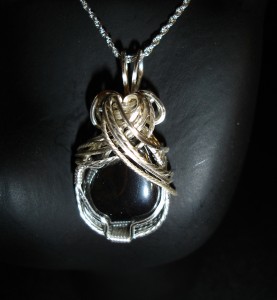 Gem Profile- Hematite
Gem Profile- Hematite Gem Profile- Derbyshire Blue John
Gem Profile- Derbyshire Blue John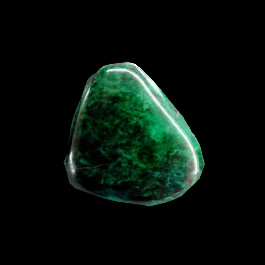 Gem Profile- Eilat Stone
Gem Profile- Eilat Stone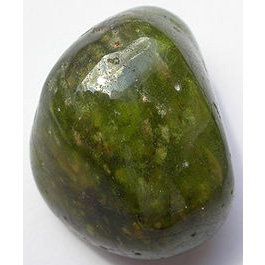 Gem Profile- Vesuvianite
Gem Profile- Vesuvianite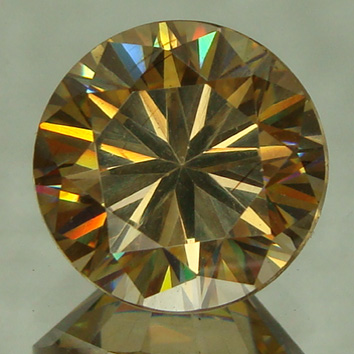 Gem Profile- Strontium Titanate -Fabulite
Gem Profile- Strontium Titanate -Fabulite Gem Profile- Tourmaline
Gem Profile- Tourmaline Gem Profile- Larimar
Gem Profile- Larimar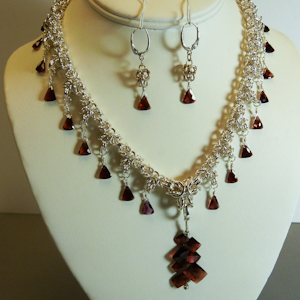 Gem Profile- Garnet
Gem Profile- Garnet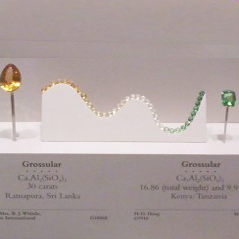 Gem Profile- Tsavorite and Green Garnets
Gem Profile- Tsavorite and Green Garnets Gem Profile- Seraphinite
Gem Profile- Seraphinite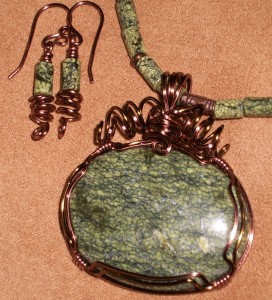 Gem Profile- Serpentine
Gem Profile- Serpentine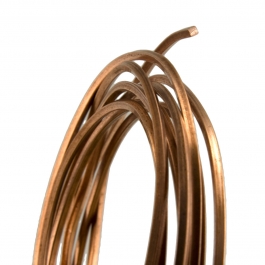 American Wire Gauge
American Wire Gauge Viking Knit and Spool Knit Chain
Viking Knit and Spool Knit Chain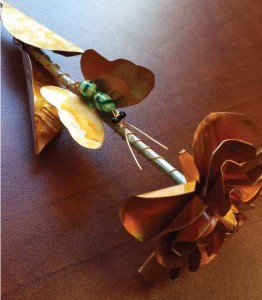 Copper Roses
Copper Roses How to Make Medical ID Bracelets Special
How to Make Medical ID Bracelets Special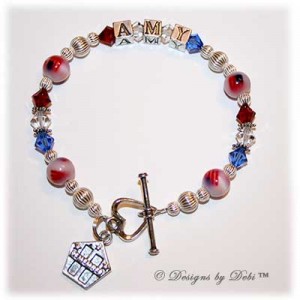 Remembering the Fallen
Remembering the Fallen 6 Ways to Find Your Uniqueness in Jewelry
6 Ways to Find Your Uniqueness in Jewelry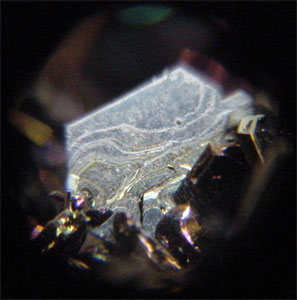 Gem Profile- Moissanite
Gem Profile- Moissanite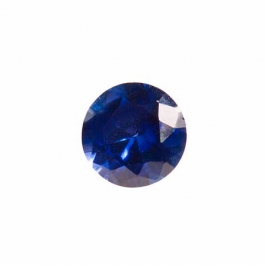 Birthstone Swarovski Colors
Birthstone Swarovski Colors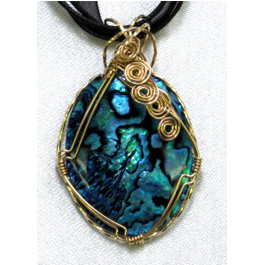 Gem profile- Paua and Abalone
Gem profile- Paua and Abalone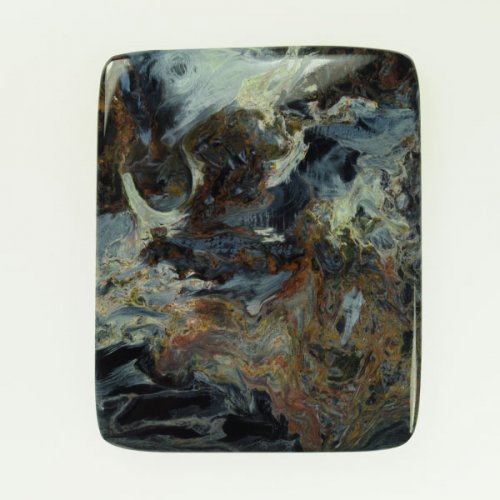 Tips for Tucson Shopping- Gem Show Secrets
Tips for Tucson Shopping- Gem Show Secrets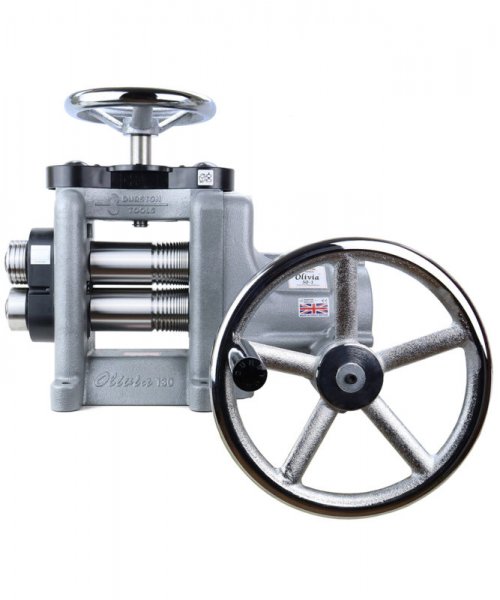 Durston Olivia Rolling Mills
Durston Olivia Rolling Mills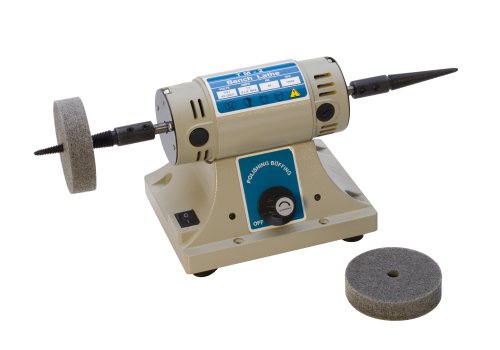 How to Use a Jewelry Bench Polisher Effectively
How to Use a Jewelry Bench Polisher Effectively 
